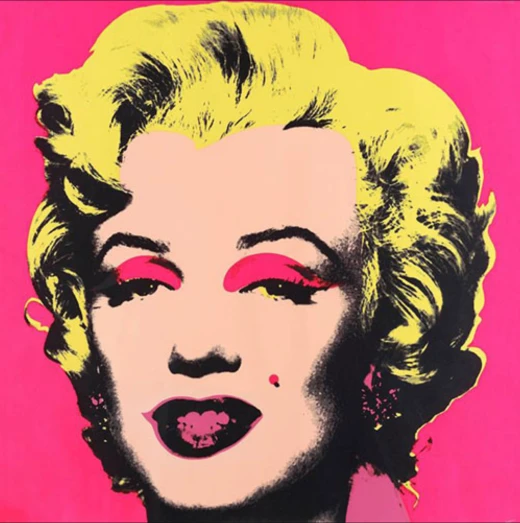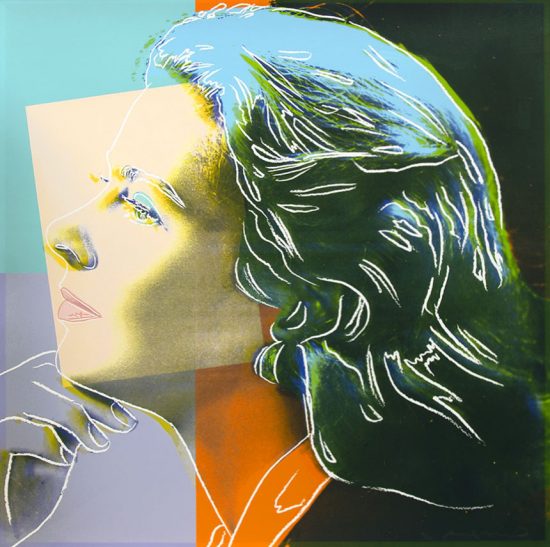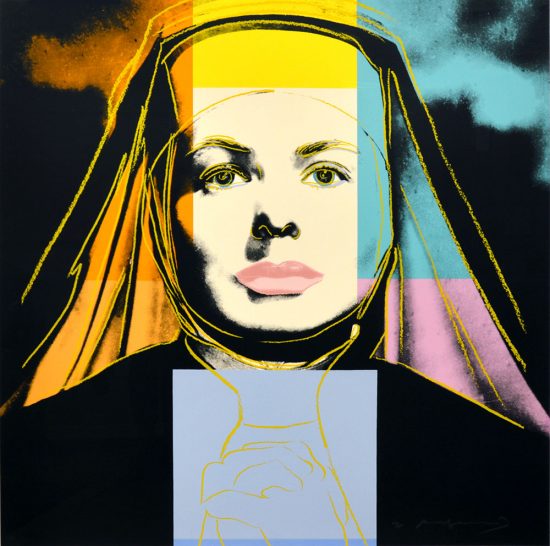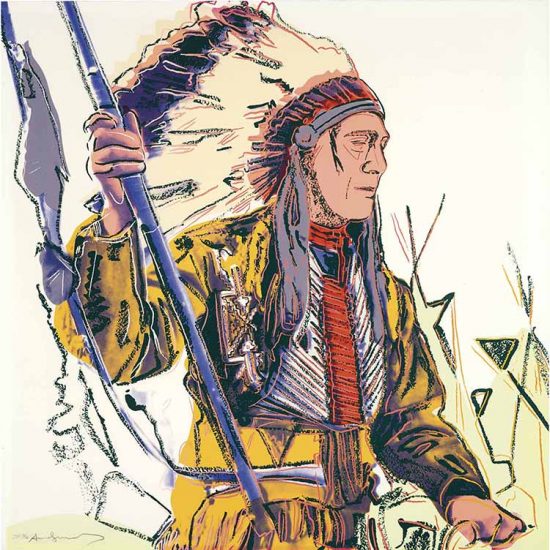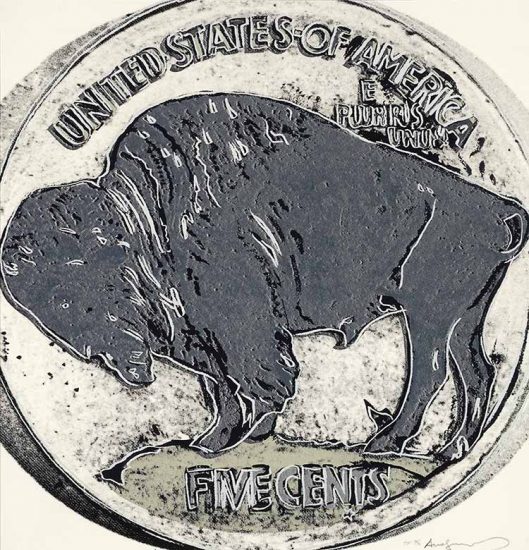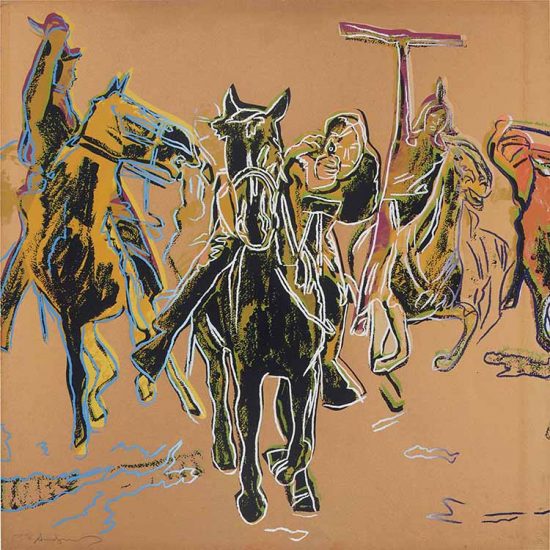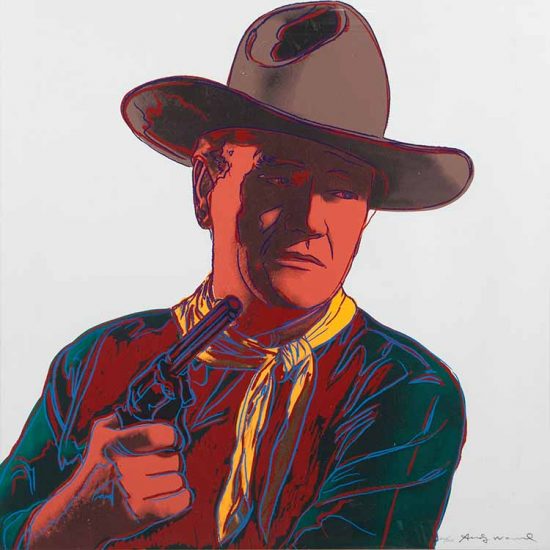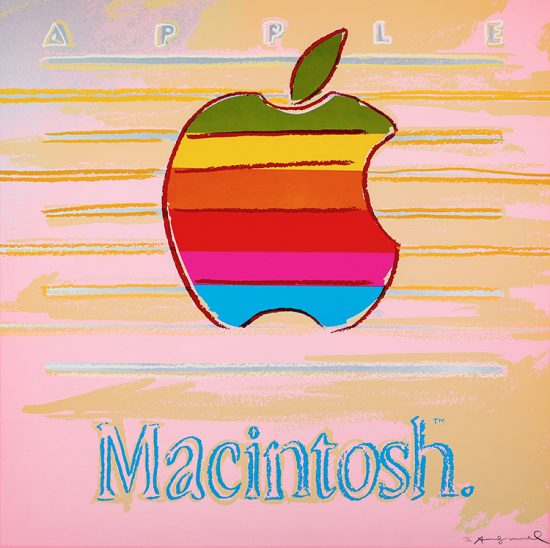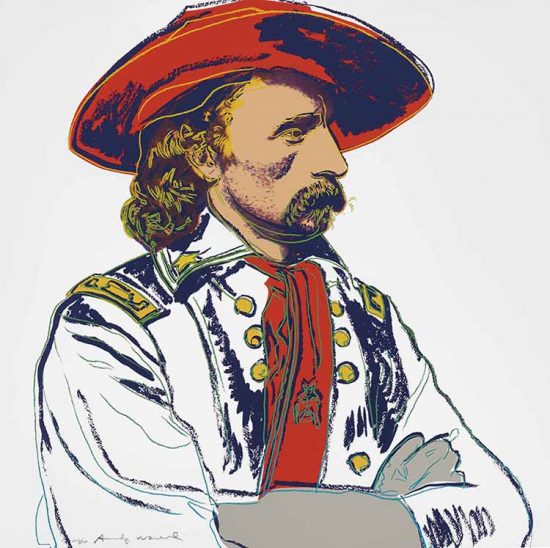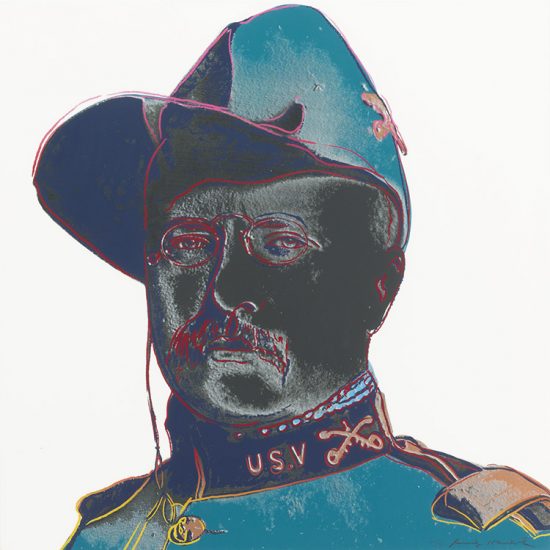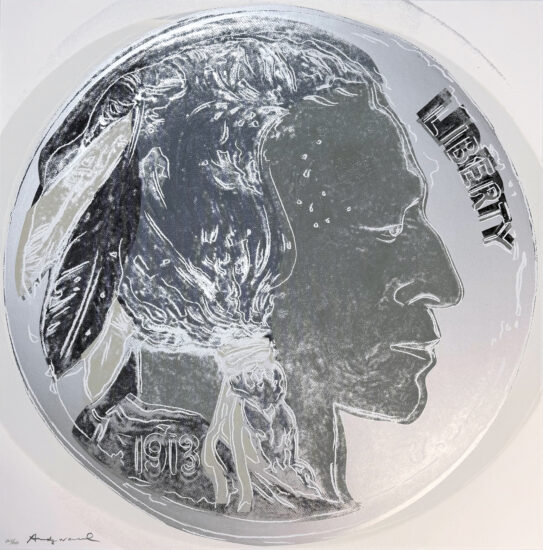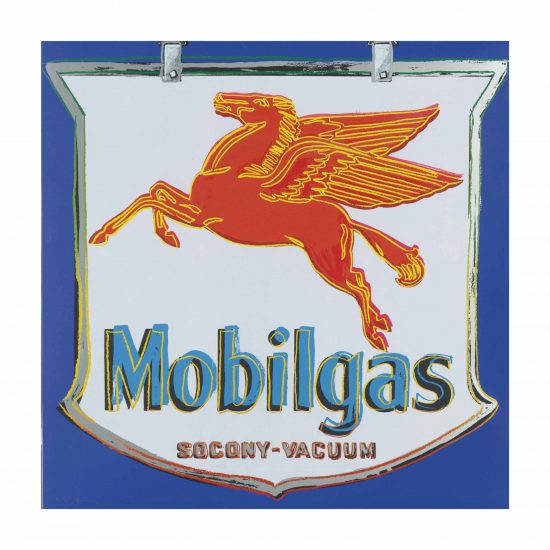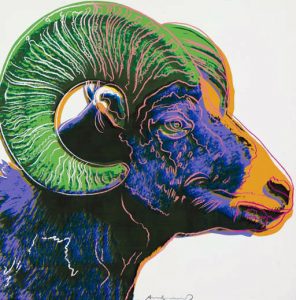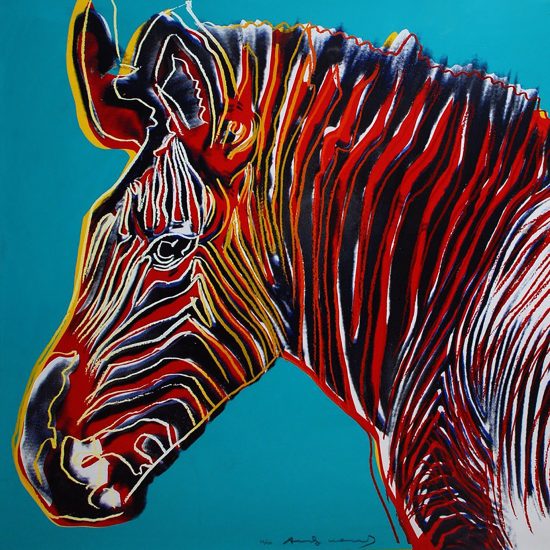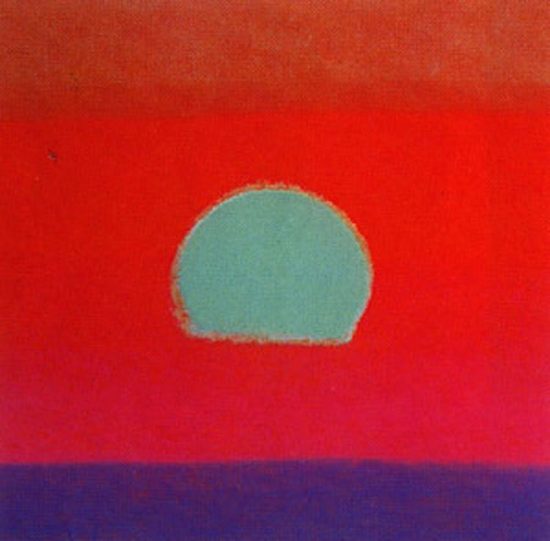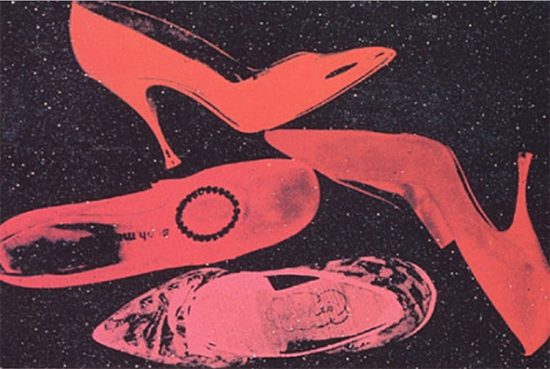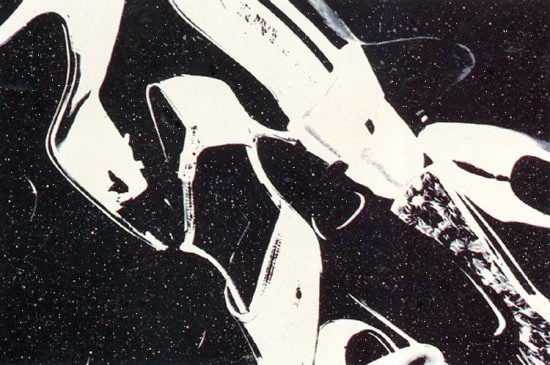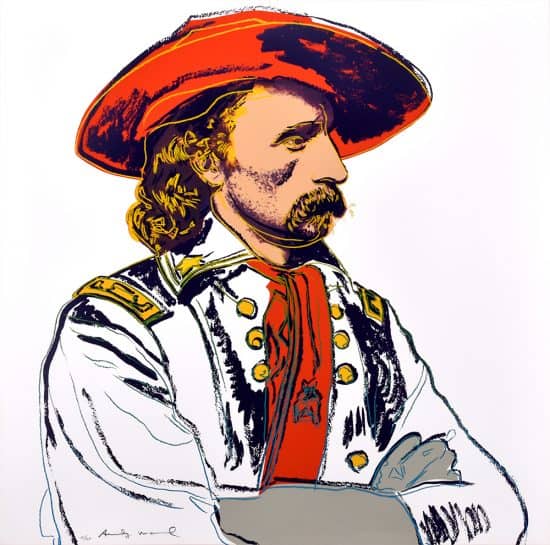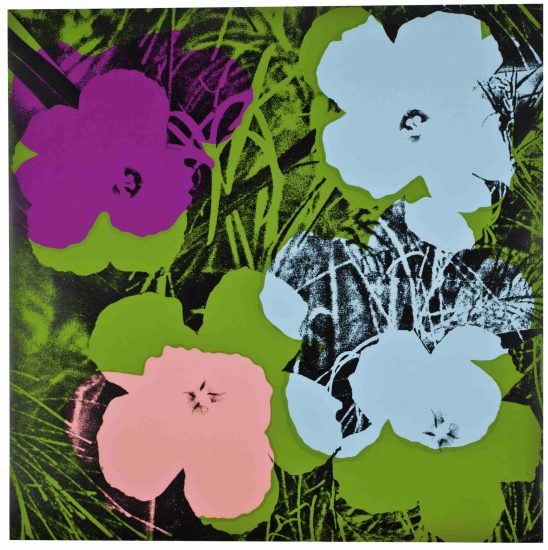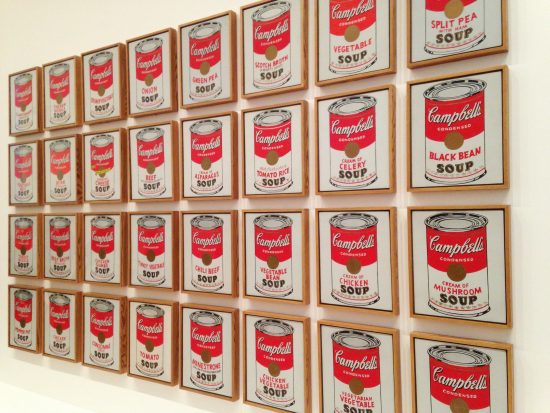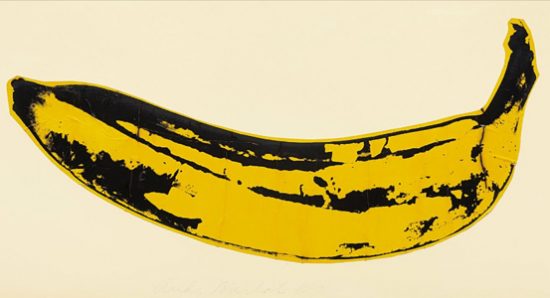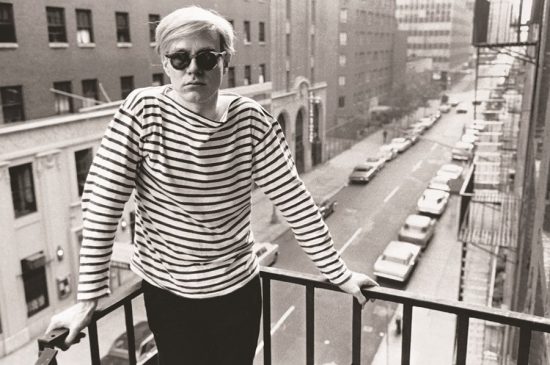Andy Warhol (1927-1987) experimented heavily with the art of screen printing throughout his career. His fascination with consumerism and commercial design translated easily into the repetitive nature of screen prints. The technique, sometimes called silkscreen, allows the artist to recreate an image over and over again in a quick and efficient way. By creating a mesh screen with the desired design on it, the artist uses stencils, ink and a squeegee to drag the ink over the mesh and subsequently print the design on the material below. Warhol’s interest in celebrity, branding and the power a single image can have in our daily lives led him to create some of these most famous screen prints.
Screen printing first started in China during the Song Dynasty (960–1279 AD) before traveling to other parts of Asia and eventually ending up in Western Europe in the late 18th century. The medium originally included silk as part of the printing process, which is how the name “silkscreen” came to be. Silk is not as widely used in the medium today, but if the term “silkscreen print” is used, then it refers to the fact that silk was the material used to print. The practice of modern day screen printing as we know it can be attributed to Andy Warhol himself, who popularized the medium in the 1960s. Before that time, Warhol was hand painting his works. He began experimentation when he found he was able to reproduce his works in a much more commercial, less-personal way. With no visible brushstrokes, the screen printed images mimicked photographs printed in newspapers.
Warhol's screen print technique use was originally for him to print photographic-like images that he was fascinated by: the electric chair in Sing Sing prison, famous car crashes that made newspaper headlines, and the Birmingham race riots. Many of the photographs he recreated were taken straight from newspaper front pages. His infamous Marilyn Diptych is one of his first works created in this medium, displayed in 1962, and was printed just months after her death, when her face was plastered on newspapers everywhere. Other works like Mao and the Campbell’s Soup Series, are also screen prints of images people were seeing all over, either in the news or in their day to day life. Many of the prints are just slightly different, with different colors chosen for the printing process or variation in the ink alignment which leads to subtle differences in the final resulting print.
Andy Warhol used screen prints throughout his career and they became an important and defining part of his legacy. His name is forever tied to the history of the medium. His work in concepts like repetition, commercial branding and the power of a single image were all made possible through the use of this medium. Andy Warhol famous screen prints gave Andy the freedom to experiment with the outcomes of recreating an image again and again, and at the same time increase the quantity of work that he created in his lifetime. Screen printing would not be what is today without Andy Warhol’s experimentation and work in the medium.
Enjoy our fine art collection of Andy Warhol Flowers.

